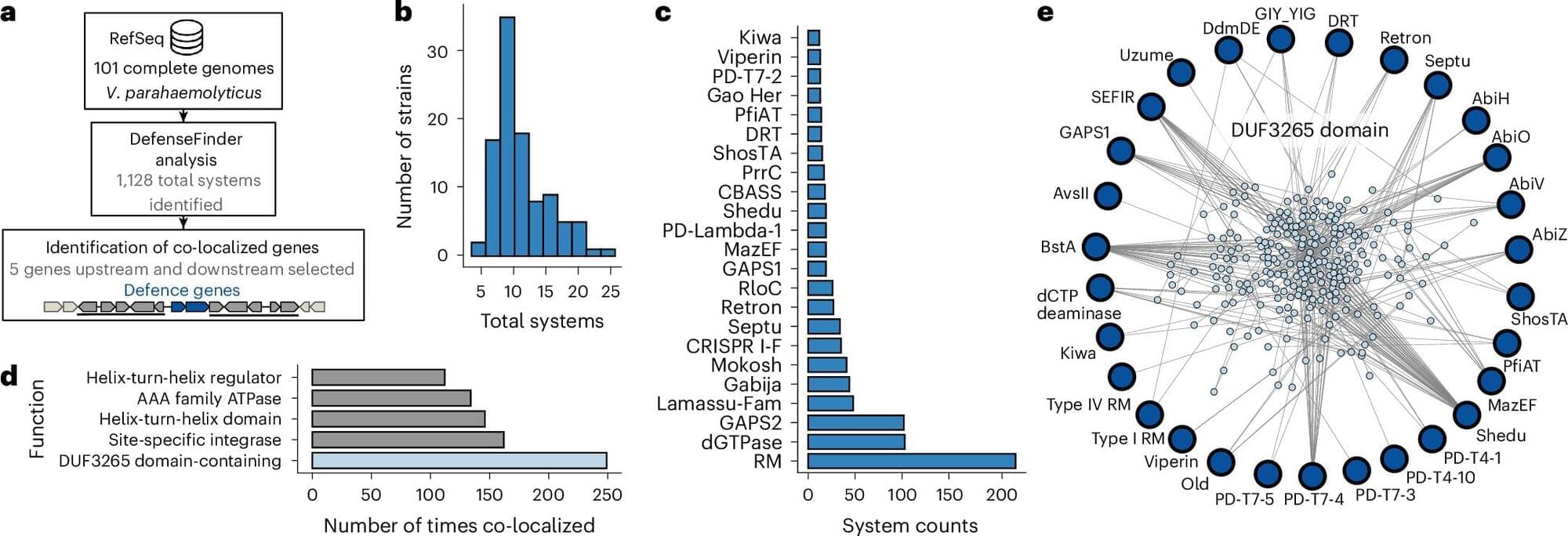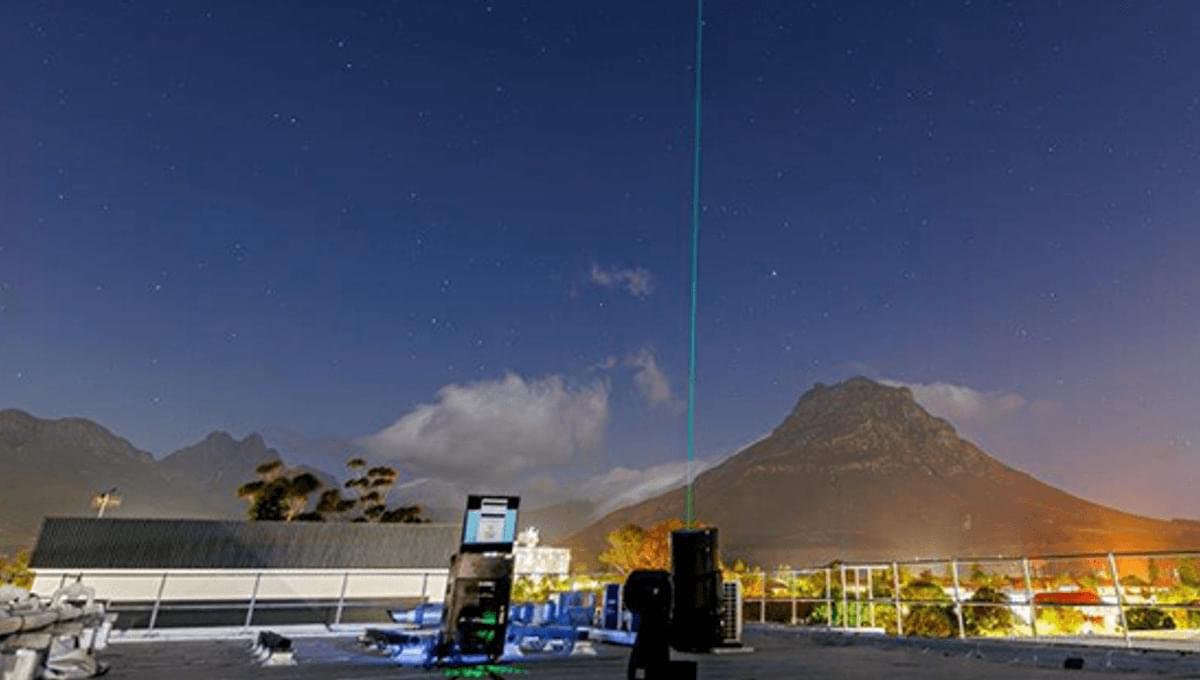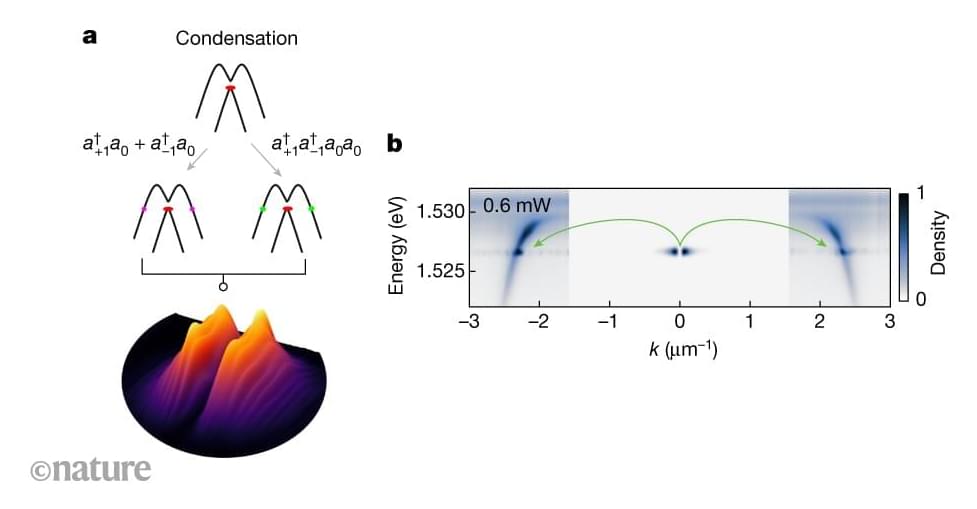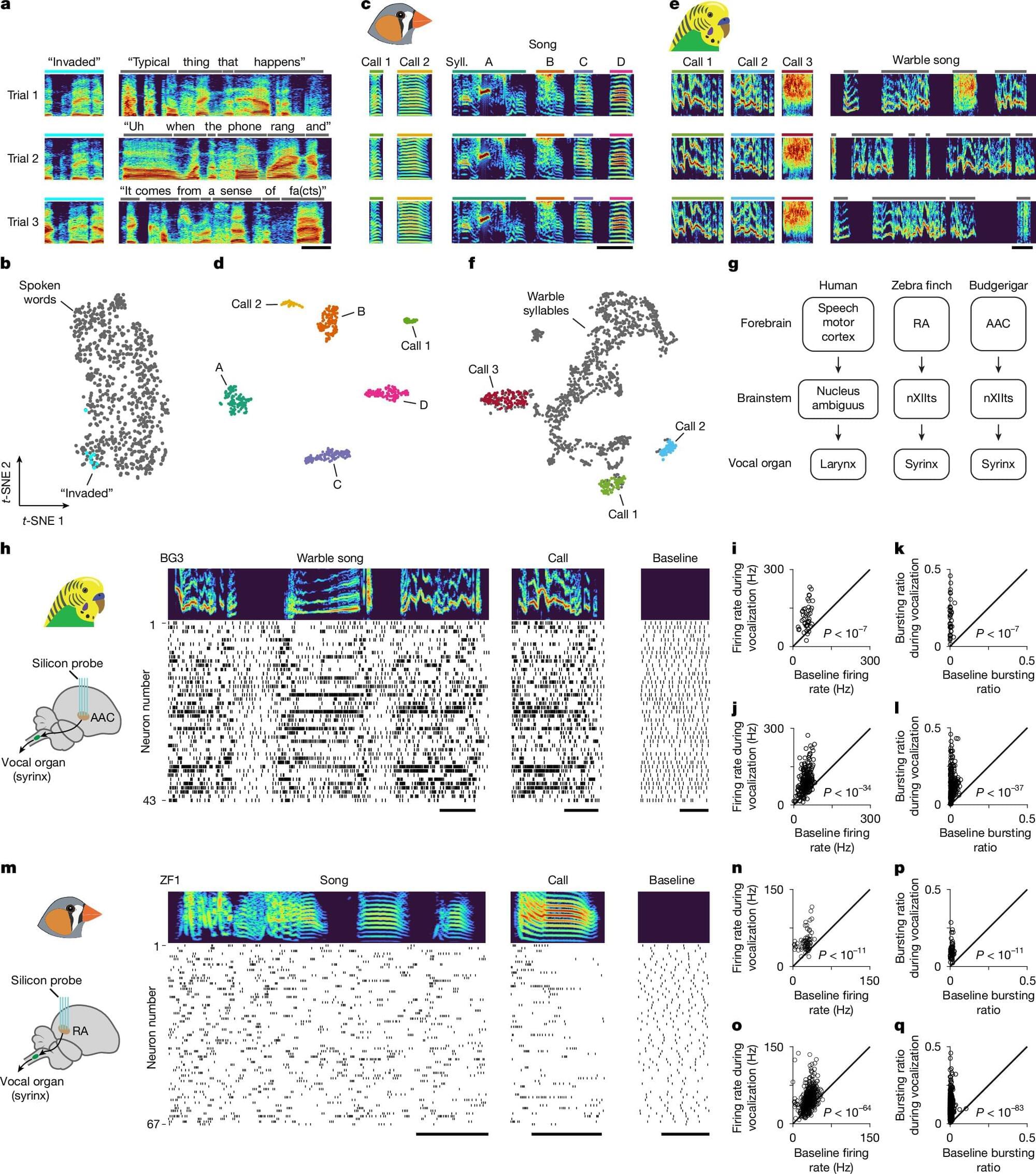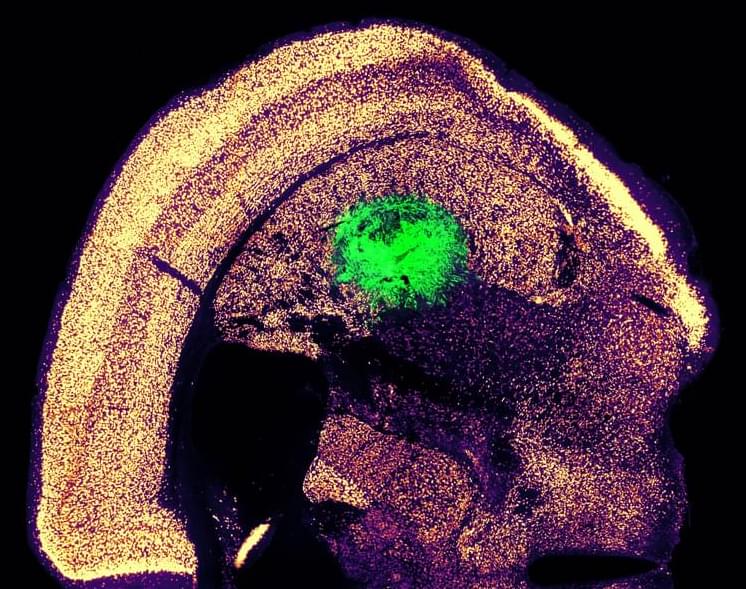A study from Emory University suggests that levodopa, a medication that increases dopamine levels in the brain, may help treat individuals with depression who experience motivational impairments due to high inflammation. Researchers found that a common blood test measuring C-reactive protein (CRP), a blood biomarker of inflammation produced by the liver, could help determine which patients are most likely to respond to repeated doses of levodopa.
The findings, published in the March 2025 print edition of Brain, Behavior and Immunity, show that in participants with CRP levels above 2 mg/L, daily administration of levodopa improved connectivity within a key brain reward pathway—the ventral striatum to the ventromedial prefrontal cortex —after just one week of treatment across a range of doses.
While about half of the participants responded best to a lower dose of 150 mg/day, the other half required up to 450 mg/day for levodopa to effectively overcome the effects of inflammation on this dopamine-rich reward circuit.

